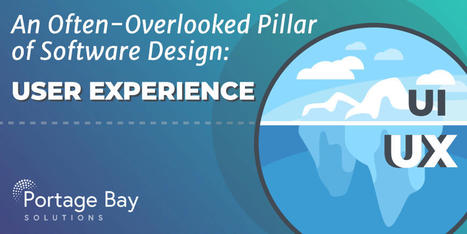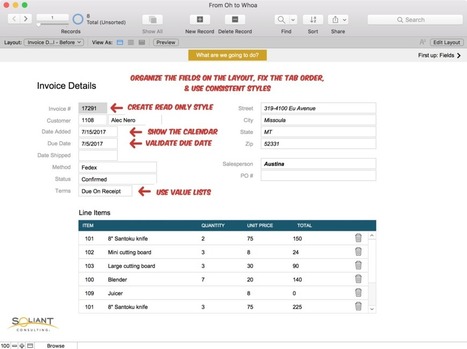Before understanding the importance of user experience (UX) and user interface (UI) in custom software design, we first need to understand that these concepts - often used interchangeably as UI/UX - are two distinct areas.
It is wise to approach the concepts of UX and UI design independently, though they will both be vital to a successful final product.
UI refers to the aesthetic elements by which people interact
While UX is about the user's experience with a product or service
In some companies, a designer is responsible for wearing both hats, while in others, there are separate designers for each focus. Regardless of the situation, the ultimate goal of the designer or designers is to create functional, user-friendly, and aesthetically pleasing products.



 Your new post is loading...
Your new post is loading...












